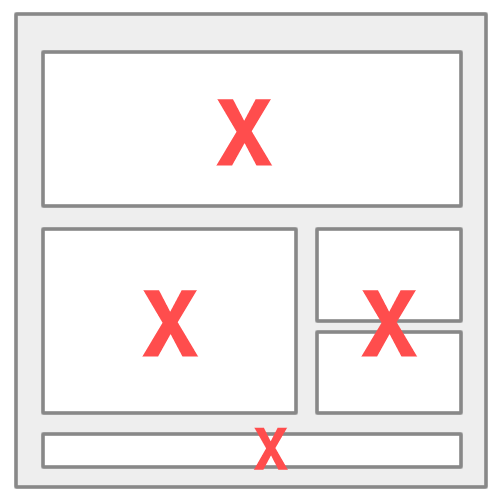
Each minute of the day, thousands of websites are created. Unfortunately, the majority of these websites are destined for failure. Here are 7 reasons why.
The site is developed without a clear strategic objective.
Many businesses develop their first website without any real planning. Their aim is simply to replicate the current organisational brochure or to detail a list of products or services the company has to offer.
The site is not adequately maintained and information is out of date.
A key reason why prospects bounce from a website is that it contains outdated information. A parallel with an offline business would be like stocking products well past their use by date. Similarly, if your website is poorly written, contains grammar or spelling mistakes and is confusing, it will immediately turn visitors away for a simpler option.
Your site is nowhere to be found on search engines.
Another common case of website malpractice is that organisations think that the job is done once they’ve launched their new site. That’s not the way the Internet works. Your website isn’t going to market itself. You have got to get out there and promote your website. For example: Let Google know that you exist.
Emphasis on appearance over functionality.
Although the look of your site is important, think about the user experience. Trying to be fancy can distract your visitors from their primary objective for visiting in the first place. You have to ensure there’s a balance between look and functionality. Make it easy for them to get information or interact with you.
Your visitors don’t know what to do on your site.
The main street in Las Vegas is the perfect model for calls to action. Bright neon lights, continuous shows, and fountain spectaculars are all designed to get the visitors attention and draw them into a venue. The web is an endless street of competition. If someone visits your website you have a limited amount of time to get their attention before they click away. Ensure that your visitors know exactly what they’re supposed to do at your website and make it easy for them to find information or request it from you before they get distracted and go elsewhere.
You don’t know who your main target audience is.
The most important thing is to know who your main target audience is and then find out where they spend most of their time. Two common problems we come across are businesses either targeting: the wrong audience, or
trying to target everyone.
Stop spreading yourself too thin. If you try to speak to everyone, you’re probably speaking to no one. Worry less about alienating some people who are probably not your target customer and start focusing on that target.
It’s all about you.
You’re writing content for yourself and not your audience. Too often, technical jargon and long-winded content fail to connect with the target audience. You are so close to your product that you know what it all means like it was tattooed on the inside of your brain. Your audience is almost certainly thinking about something else for much of their day, however. Keep their needs, challenges and worldview top of mind when you are developing content for your website.

Leave A Comment
You must be logged in to post a comment.